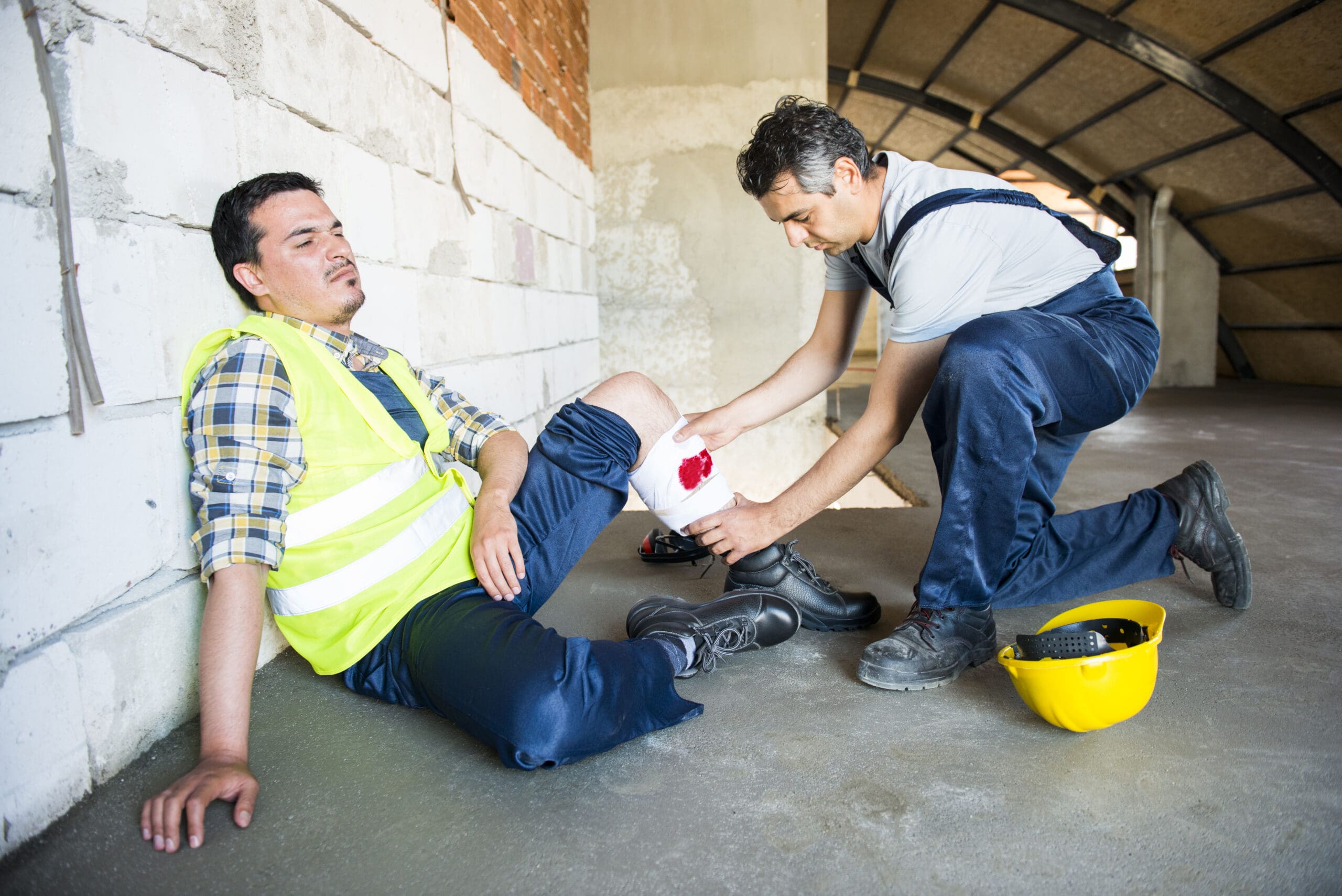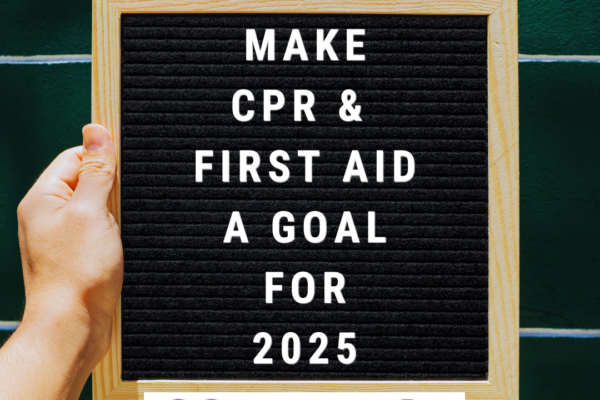Is First Aid Dangerous? Clearing Up the Myths
First aid is meant to help people in emergencies. But some wonder—could it actually be dangerous? Here, we’ll break down the facts, address common fears, and show why knowing first aid can be life-saving rather than risky.
Myth vs. Reality: Is First Aid Safe?
Many believe first aid could do more harm than good. This is a myth. First aid is designed to stabilize injuries and buy time until professional help arrives. When done correctly, it’s not dangerous. In fact, the risk of not acting is often much higher than taking basic first aid steps.
Let’s look at the real concerns and why they shouldn’t stop you from learning.
Fear of Causing More Harm
A common worry is that performing first aid could accidentally worsen someone’s condition. However, basic first aid doesn’t involve complex procedures. Simple actions like applying pressure to a wound, clearing an airway, or performing CPR are straightforward and crucial. These actions can prevent serious complications and even save lives.
Remember, it’s about giving immediate, temporary help—not providing a cure. And for the most part, doing something is far better than doing nothing.
Legal Concerns: What About Liability?
Another fear is getting in trouble for trying to help. This is unlikely. In many places, Good Samaritan laws protect those who offer first aid in good faith. As long as you’re not reckless or intentionally harmful, the law is on your side. So, you can focus on helping rather than worrying about consequences.
Knowing these protections exist should encourage people to step in when it matters most.
First Aid in Special Situations: When to Wait for Help
Of course, there are situations where first aid providers should tread carefully. For example, moving a person with a suspected spinal injury can be risky. But the key here is to follow basic guidelines. In cases like this, waiting for trained professionals is best. First aid often emphasizes waiting for paramedics when certain injuries are involved, like spinal or head trauma.
The most important thing to remember? When in doubt, focus on stabilizing and ensuring safety.
The Benefits Far Outweigh the Risks
Knowing first aid can make you a valuable asset in emergencies. With proper training, you’ll know what to do and, just as importantly, what not to do. You’ll feel confident in providing effective help without causing harm. Even a simple understanding of CPR, the Heimlich maneuver, or wound care can make all the difference.
In truth, the risks of not acting—whether due to fear or uncertainty—are often far greater than the risks of giving basic first aid.
Wrapping Up
First aid isn’t dangerous when done correctly. Myths and fears can prevent people from learning these crucial skills, but the truth is simple: with proper knowledge, first aid is a safe, empowering way to help others. Taking a first aid course is one of the best ways to feel prepared, act confidently, and make a difference when it matters most.
Knowing first aid means you’re ready to protect lives, not harm them. So, don’t let myths hold you back—learn, practice, and stay prepared.
Contact us to learn more about how you can learn First Aid. AriseSafety.com





